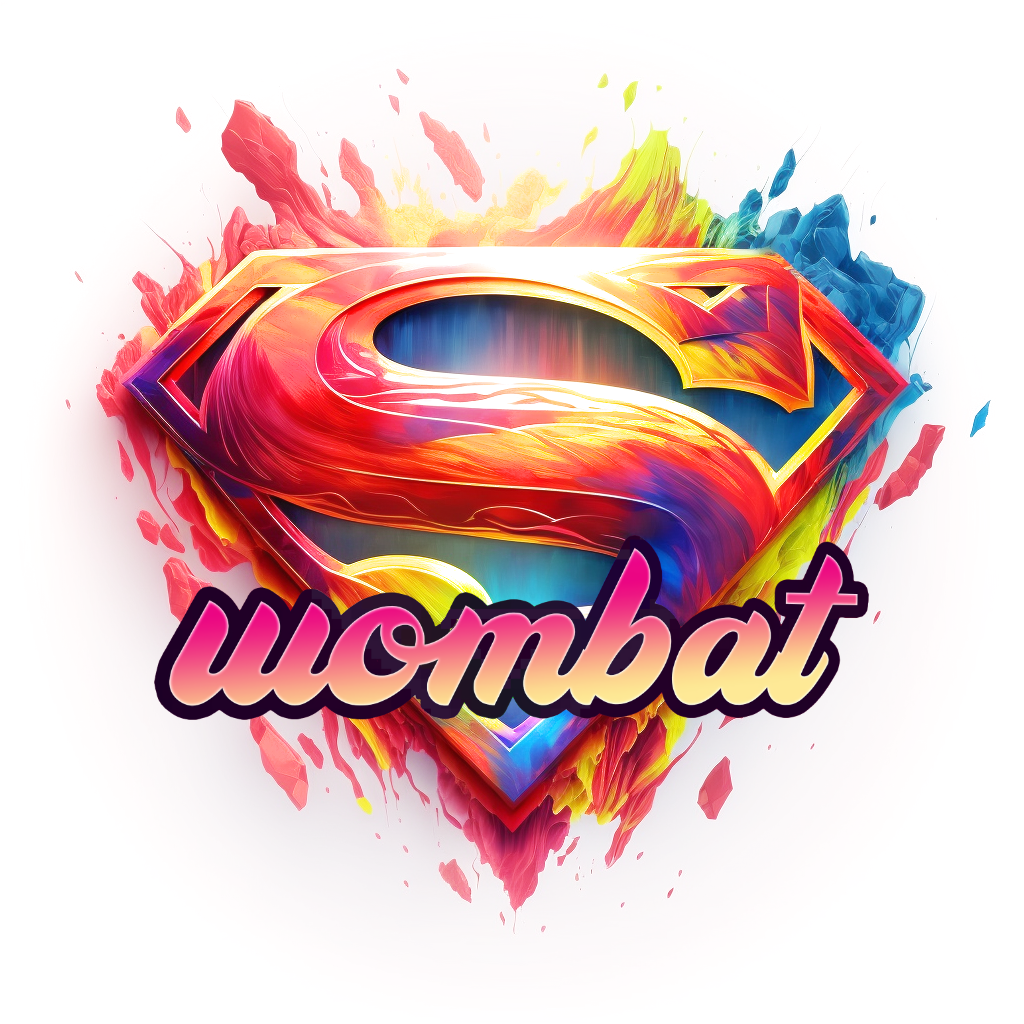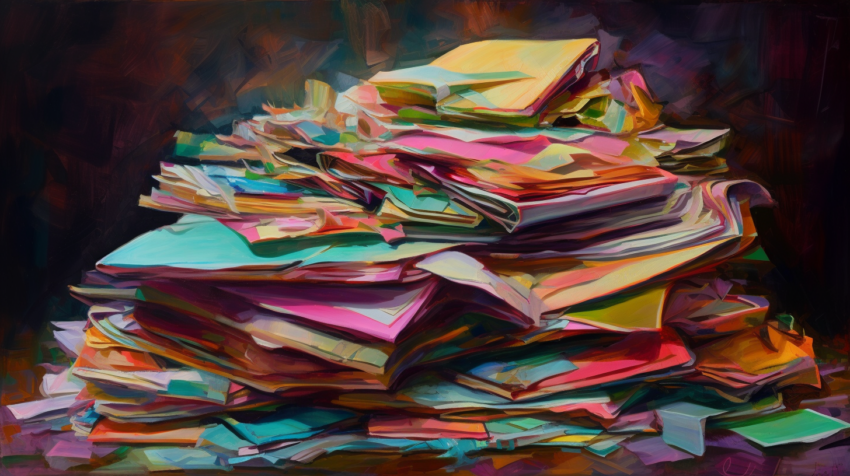Update: If you would prefer a video version of this, here it is!
The right metaphor is worth a million words.
Explaining NFTs to people is hard. Most people, even those in the NFT space, barely begin to grasp the power of this technology.
Here’s how I do it.
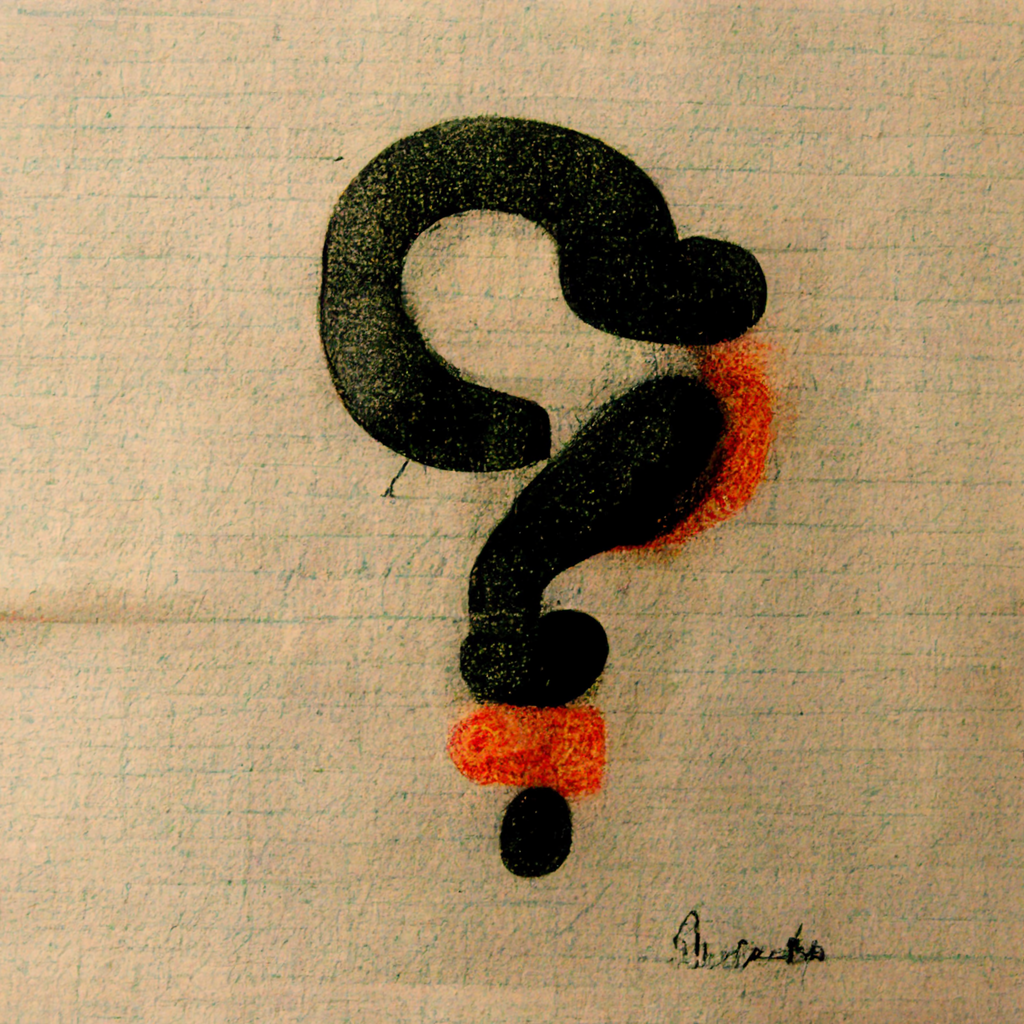
When people like @punk6529 say that you are “insufficiently bullish” about NFTs, some may think this is an exaggeration, but if you really understand what NFTs are, imho, it becomes clear that it’s not. At all.

One of the best tools to explain new concepts is using analogies and metaphors. We understand new things by comparing them to old things.
The right metaphor is worth a million confusing technobabble words.

Here is my favourite metaphor that I used to explain NFTs.
Even if you think you know what NFTs are, this may open up more perspectives for you. Read on.

NFTs are like digital pieces of paper.
Pieces of paper are an incredibly powerful and versatile technology. Trying to describe exactly why that is so is pretty difficult, though, just like with NFTs, because they have so many different uses.

Pieces of paper can be used to draw on. You can draw diagrams to explain things. You can draw pictograms to communicate. You can make art. You can even make art or constructs out of the paper itself, in 3D. You can paint it. You can draw what you see in 2D, on the paper.
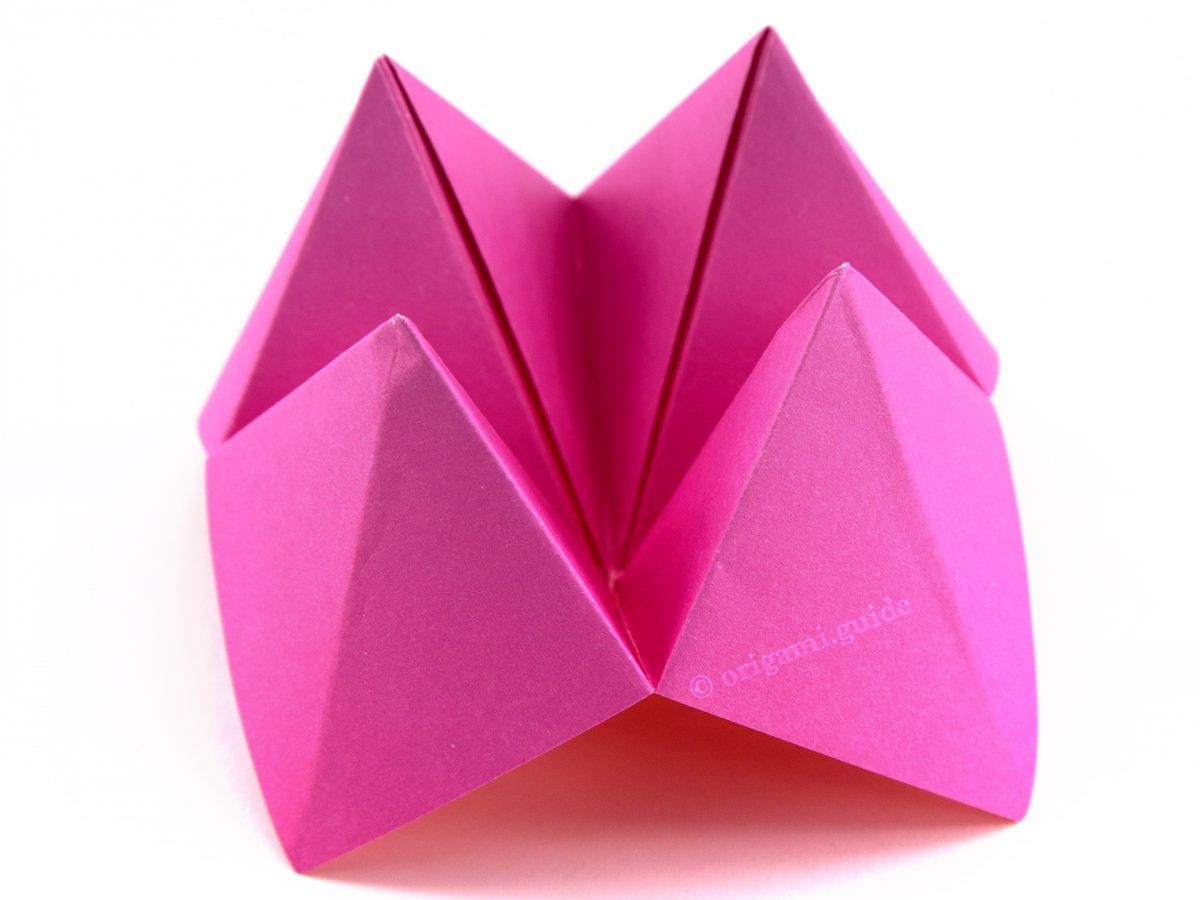
You can also write on pieces of paper. You can write anything! You could write a message. Or a poem. Or a book. Or keep a ledger. Or write a diary. Or you could write an agreement. Perhaps a contract. You can write laws. You can record history. You can lie about history.

You can also record music on paper! Musical notation enables that. You can write about your experience of music. Or even your experience of anything else. You can basically transmit any thought you have, through pieces of paper.
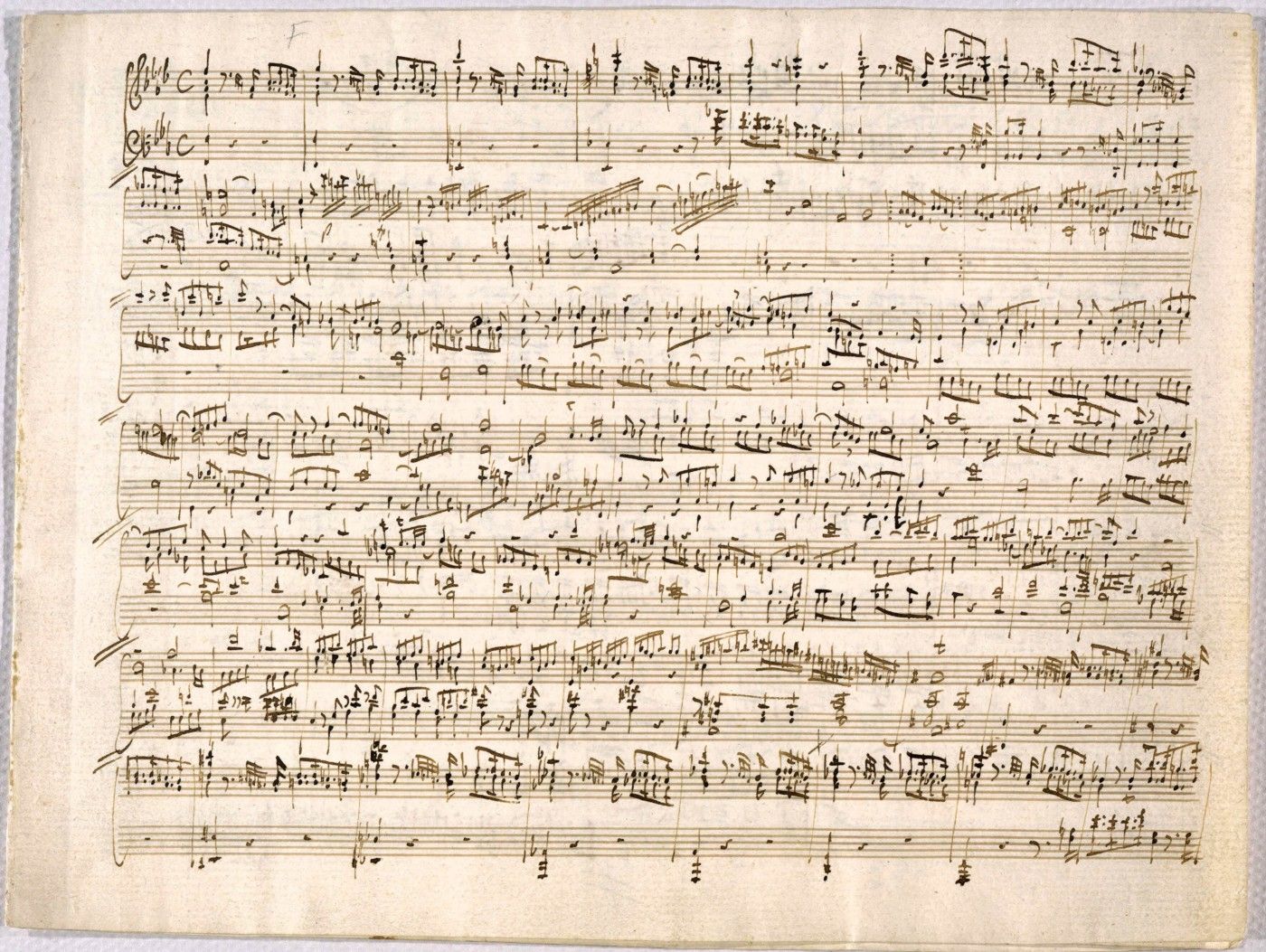
You can use pieces of paper to represent money and wealth. You can use them to represent it indirectly, too, as debt obligations, or promissory notes, or property deeds, or shares, or derivatives contracts. You can define a nations’ founding principles on a piece of paper.

You can make identification papers and passports out of pieces of paper. You can use pieces of paper to allocate life-saving support. You can use pieces of paper to organise people and decide who lives and dies.
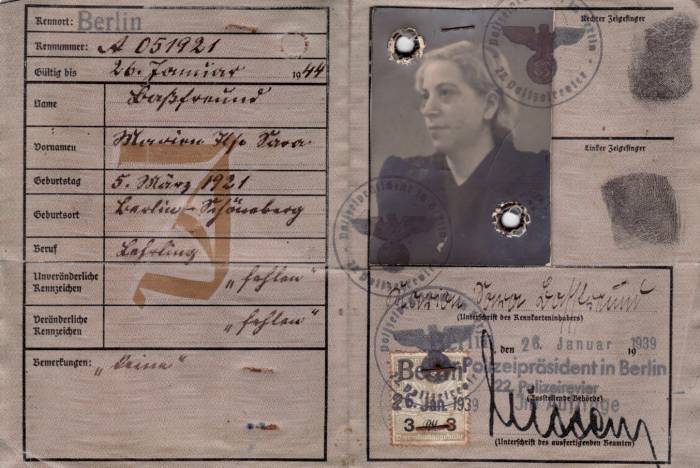
Pieces of paper are an awesome technology and since they became widely available, they changed the world.
If you had to explain to someone in the European 11th Century why pieces of paper were a foundational, transformative technology, though, you might have struggled.
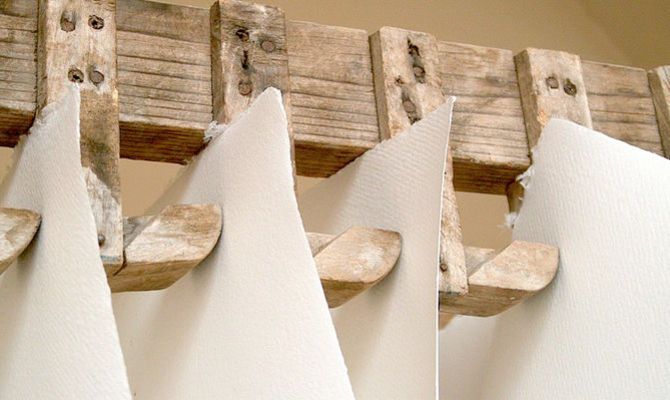
Probably, someone back then might have focused their explanation on a specific use. Hey, you know that ledger you’ve been keeping on expensive wax tablets or parchment? How about paper instead? Now your ledger is more durable and/or cheaper. Neat?
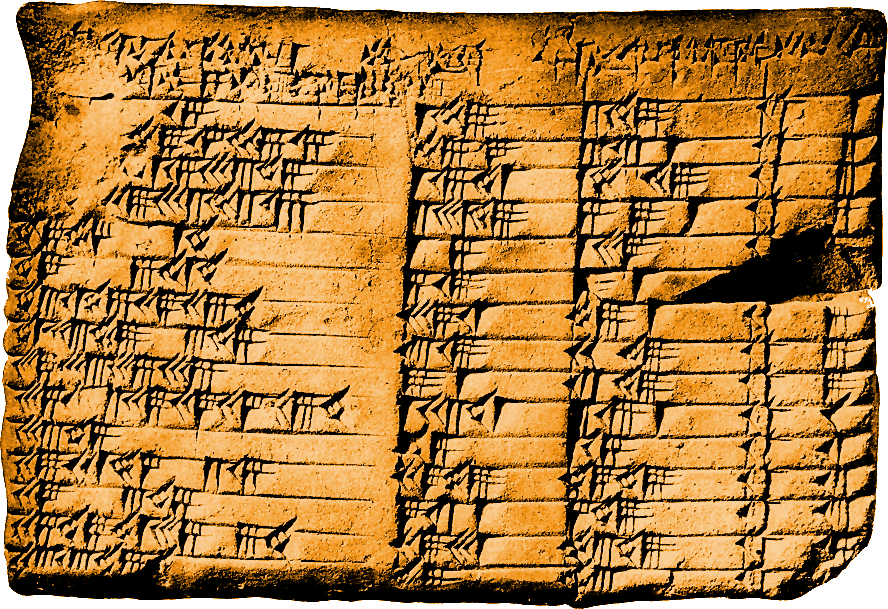
But by now, I think most smart people, presented with the suggestion that “pieces of paper” has been a foundational, fundamental, super-versatile technology that changed the world, will accept that truth as obvious.
So… NFTs are a bit like that.
NFTs are like digital pieces of paper that last forever, automagically keep track of everything that’s happened to them, and can be sent around the world instantly.
They’re like magic, somewhat intelligent, indestructible pieces of teleporting paper.
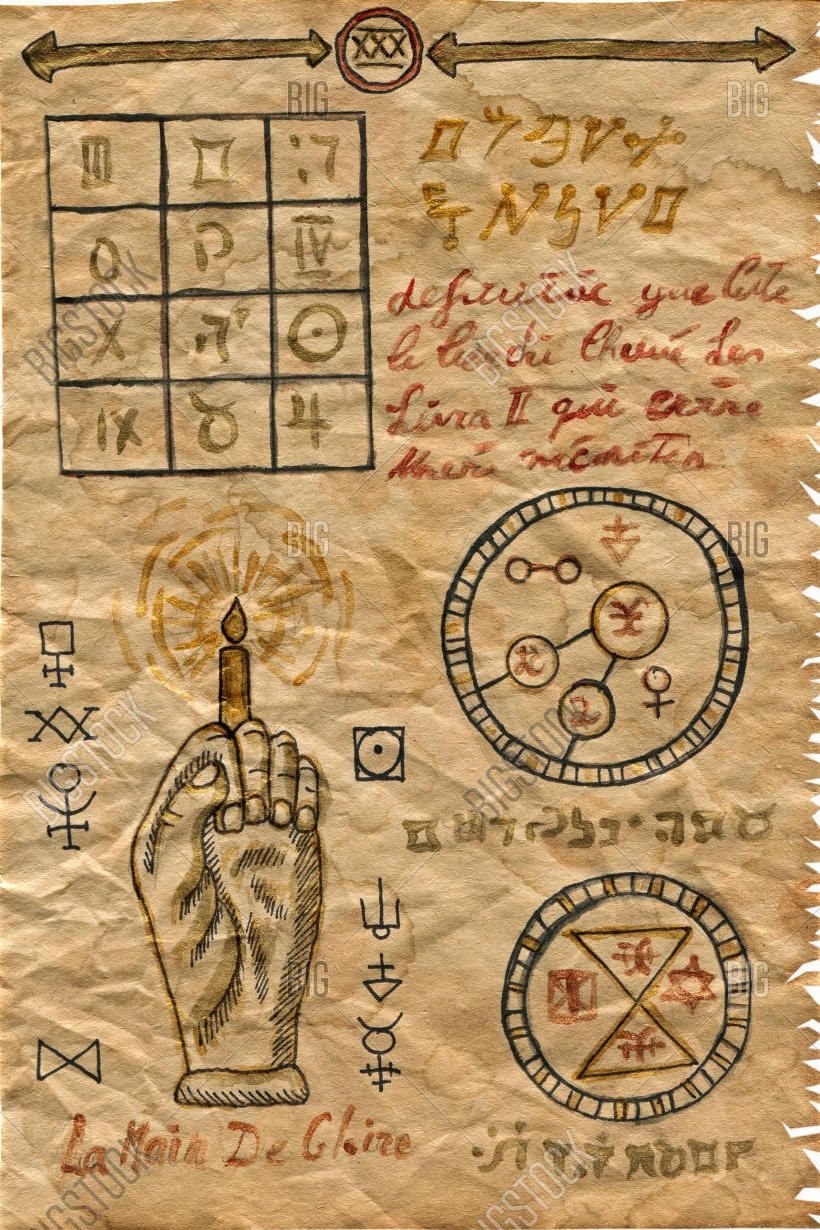
Like pieces of paper, you can use them for all sorts of things.
You can use them to store art, or even generate it, because unlike paper, they are dynamic, programmable.
You can use them to record and send messages.
You can record or generate music in various forms with them.
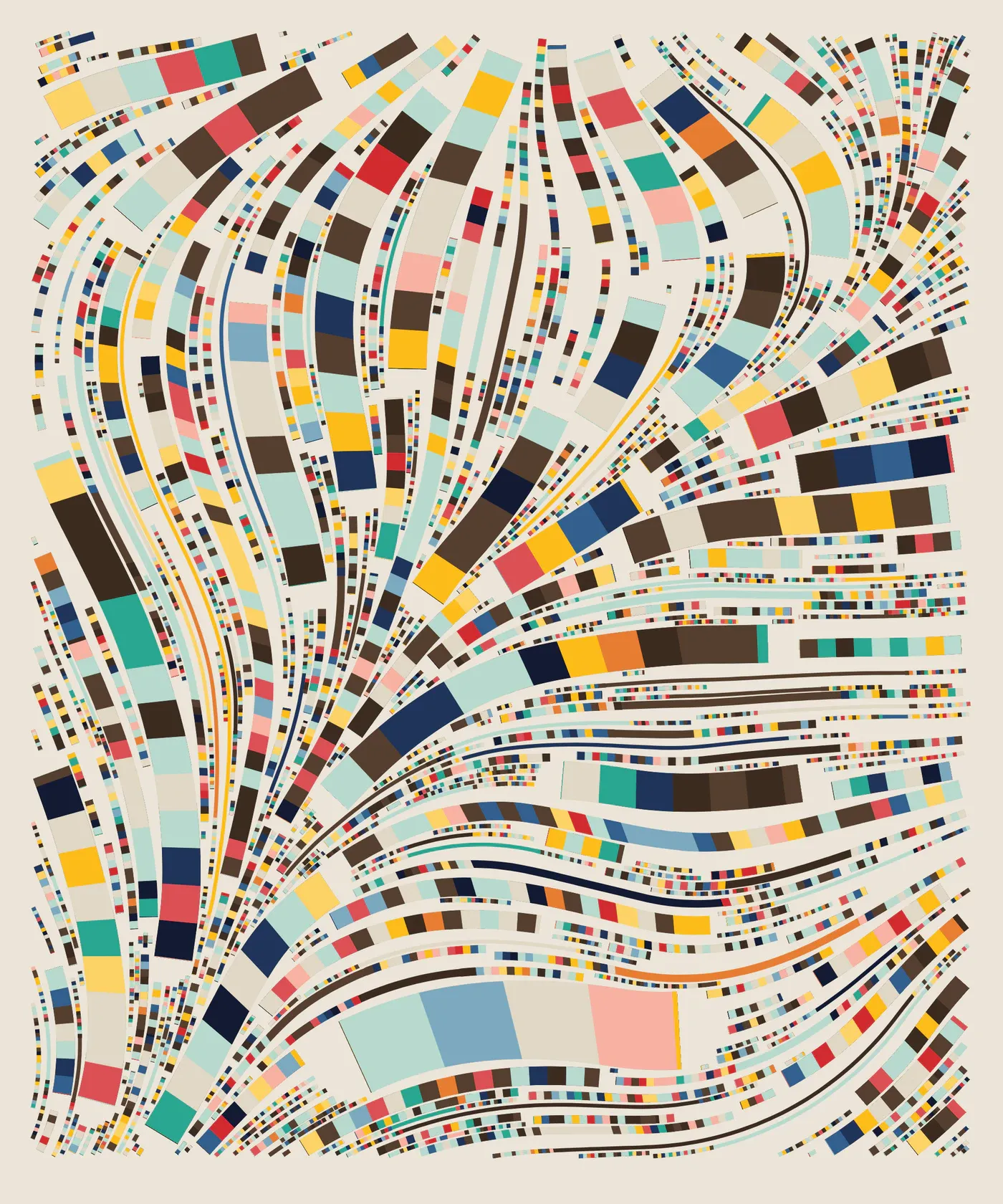
NFTs are also very good at recording contracts, because they’re smarter than regular paper. You can program the agreements you make into the NFT if you want, within some limits. You can specify how the pieces of paper will behave in the future.
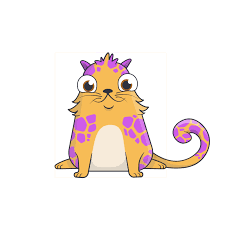
You can put any information you want in this new format. You can make NFTs of articles. Or NFTs with links in them. You could publish a novel as an NFT. You can (and people do) serve legal paper as NFTs. You can store your identification papers as NFTs – or just an auth token.
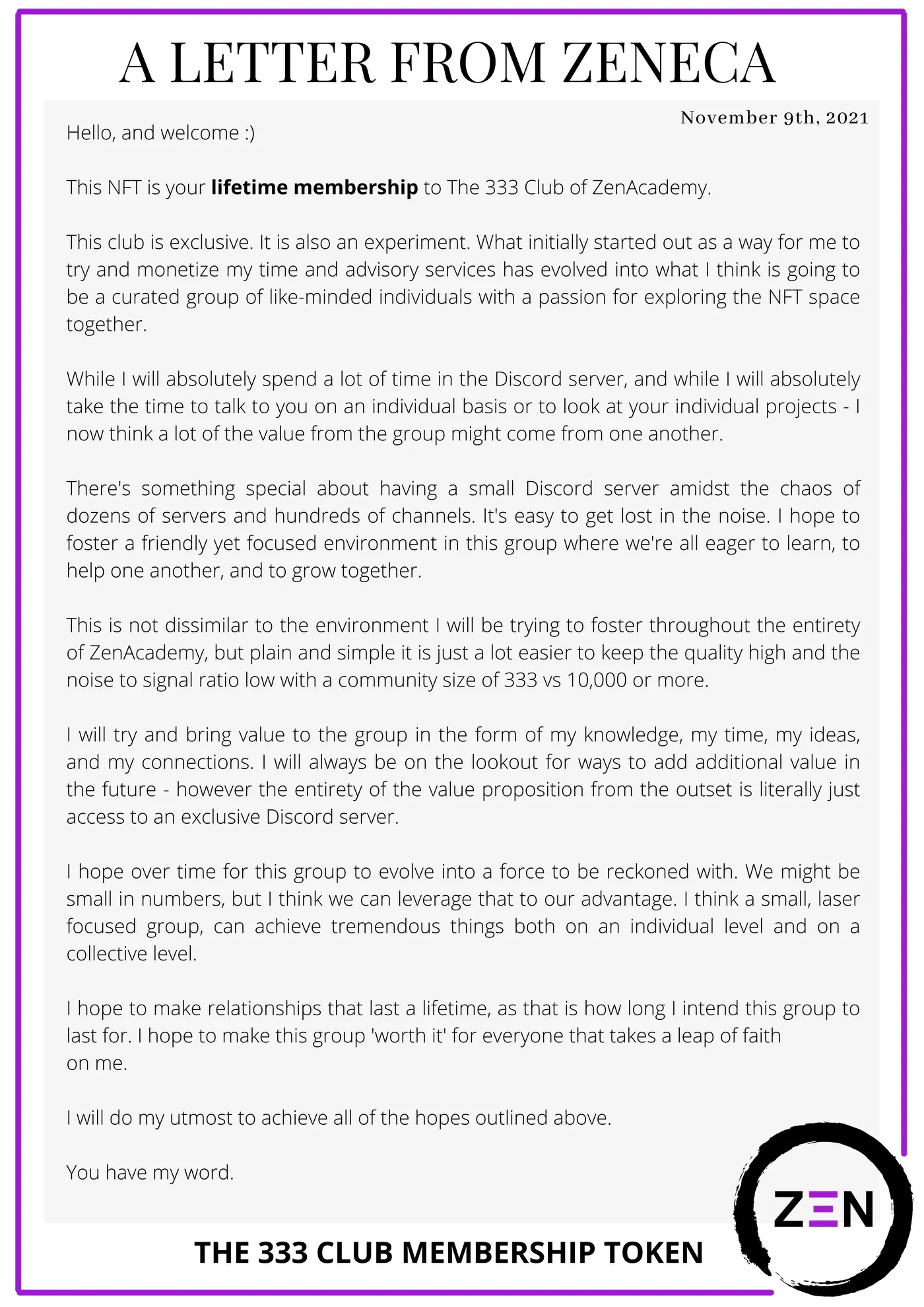
And you can use NFTs to represent money and wealth and related things, of course. An NFT can be an analogue of a share, or a promissory note, or an obligation, etc.
You can also link NFTs with other NFTs and have them react with each other. The sky’s the limit then.

Not all of those uses are smart, just like not all the things you can do with pieces of paper are worth doing. But they’re possible, because NFTs are just that versatile. They can be made into an infinite variety of things.
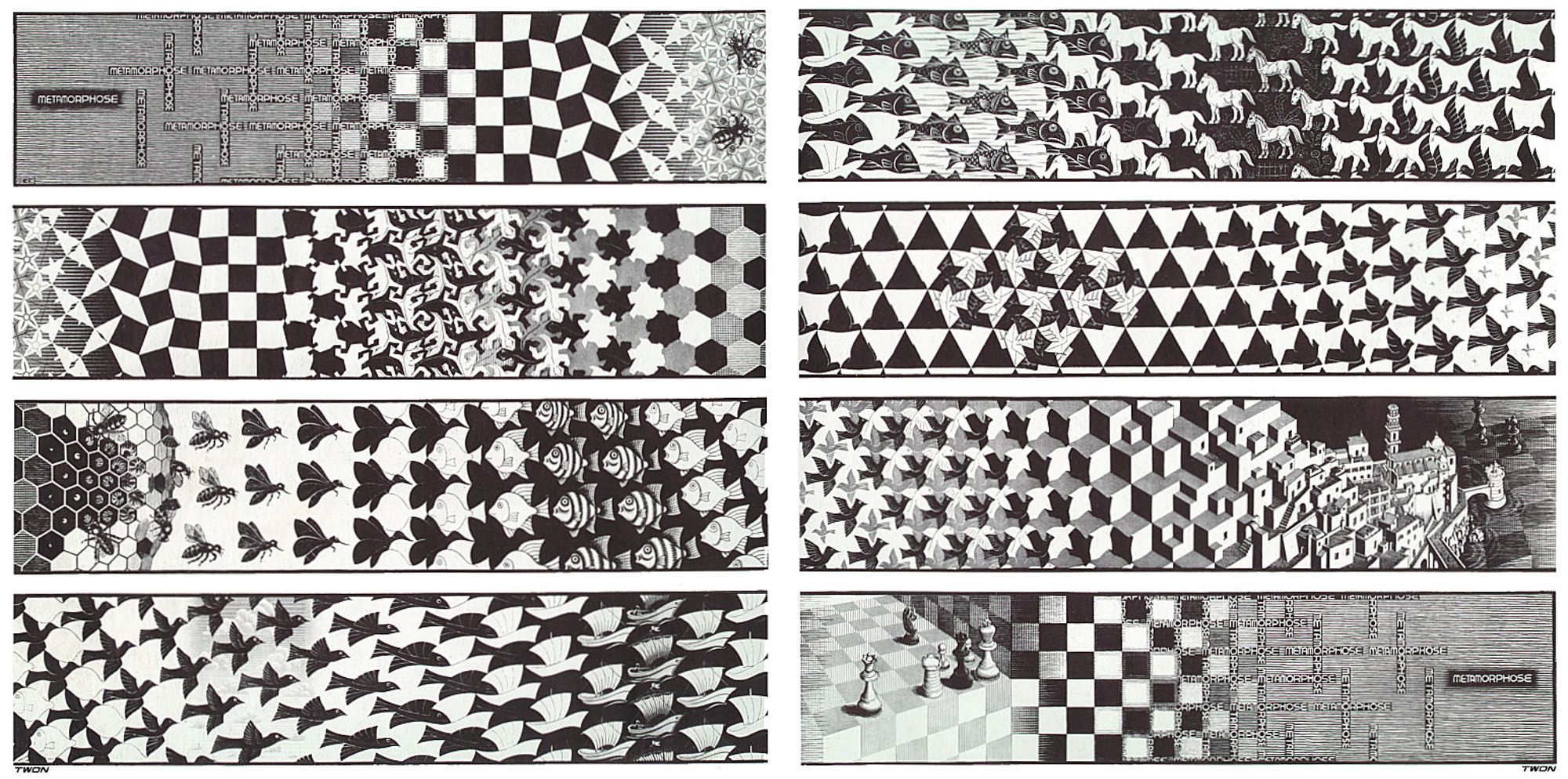
The point of this metaphor, of course, is not to suggest that NFTs are exactly like pieces of paper.
But it’s to get across the idea that they are a foundational, fundamental, incredibly versatile technology that has nearly infinite uses.
In my experience, even people who have never encountered web3 or crypto, and even those who are slightly hostile to it, instinctively grasp the potential of NFTs when explained with this metaphor.
Yeah, ok, so NFTs are a really basic, versatile thing, like pieces of paper.
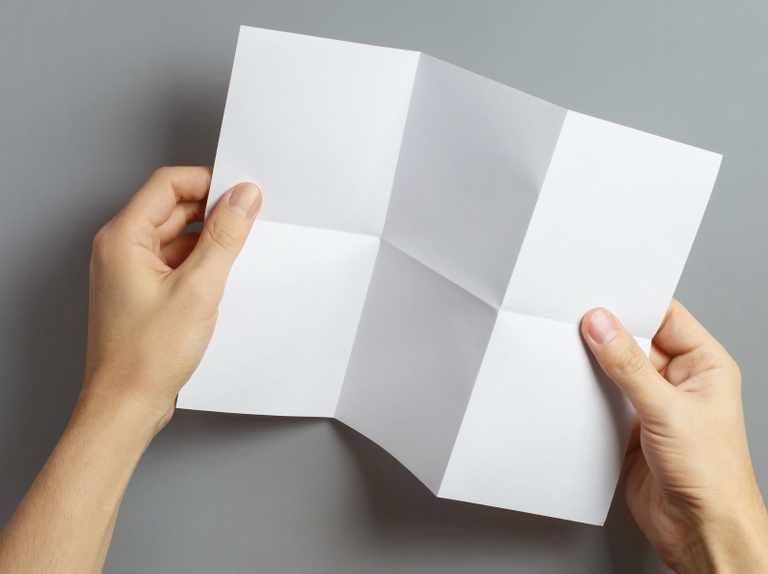
Then, when I start talking about a specific use of NFTs (like one of my favourites, which is the kickstarter-on-steroids model) they can see how yeah, of course, you could use NFTs for that as well. It’s easy to accept then.
Like pieces of paper, NFTs are:
- foundational
- infinitely versatile
Unlike pieces of paper, NFTs are:
- digital
- universally accessible with an internet connection
- as durable as their underlying chain
- programmable/smart
- unforgeable
TL;DR: Comparing NFTs to pieces of paper makes it easier to explain this versatile, foundational technology to newcomers.
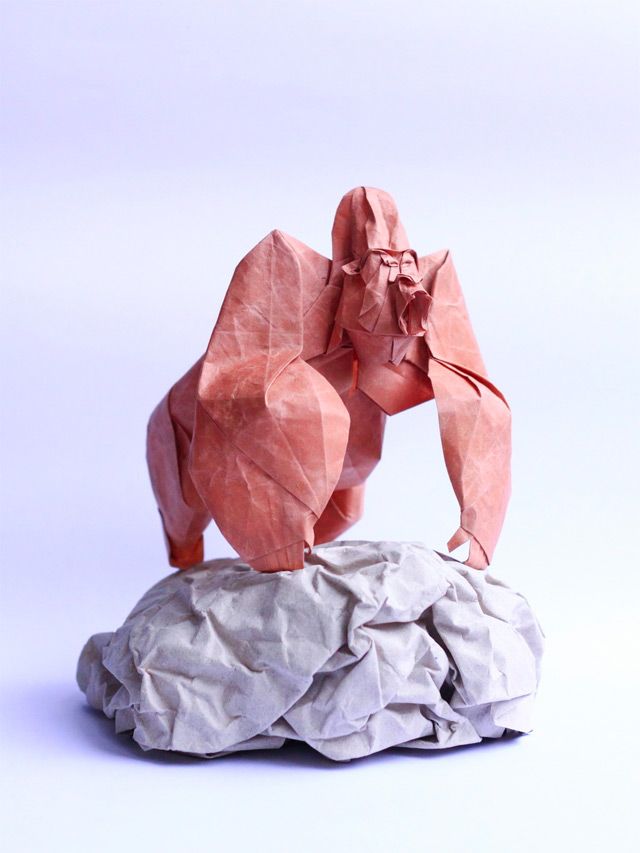
I hope you find this metaphor useful when explaining NFTs to others.
Let me know how it goes – or, if you have an even better metaphor, please share it so we all get better at explaining NFTs!
gm & gl

Original Thread:
What are NFTs?
The right metaphor is worth a million words.
Explaining NFTs to people is hard. Most people, even those in the NFT space, barely begin to grasp the power of this technology.
Here's how I do it.
— Daniel Tenner (@swombat) July 16, 2022
